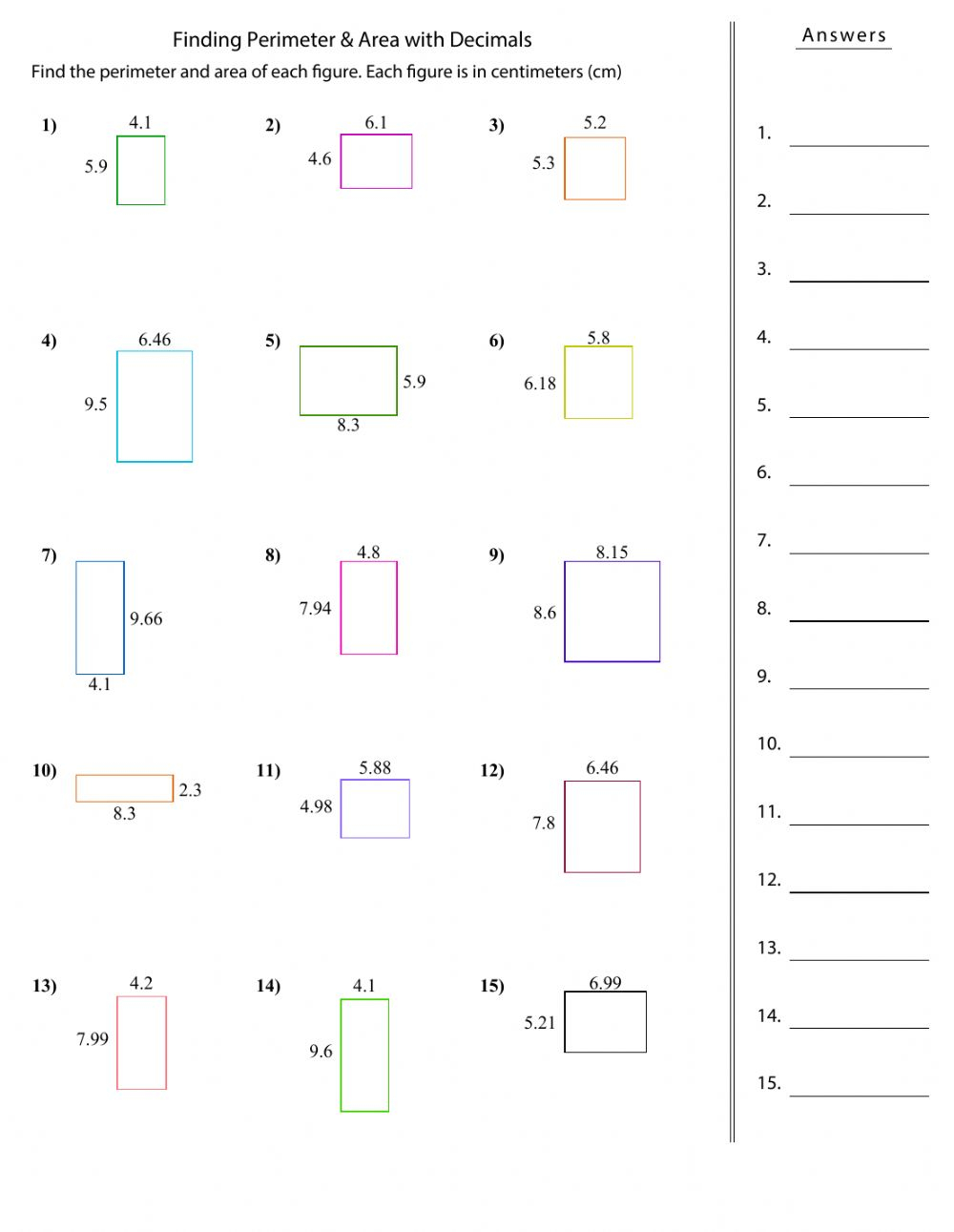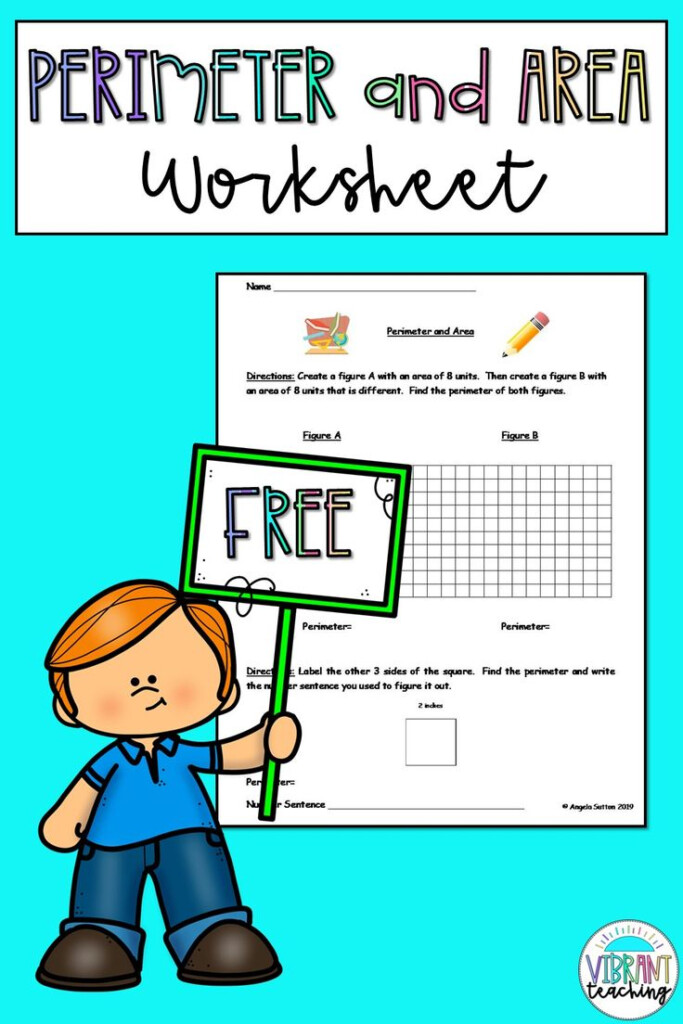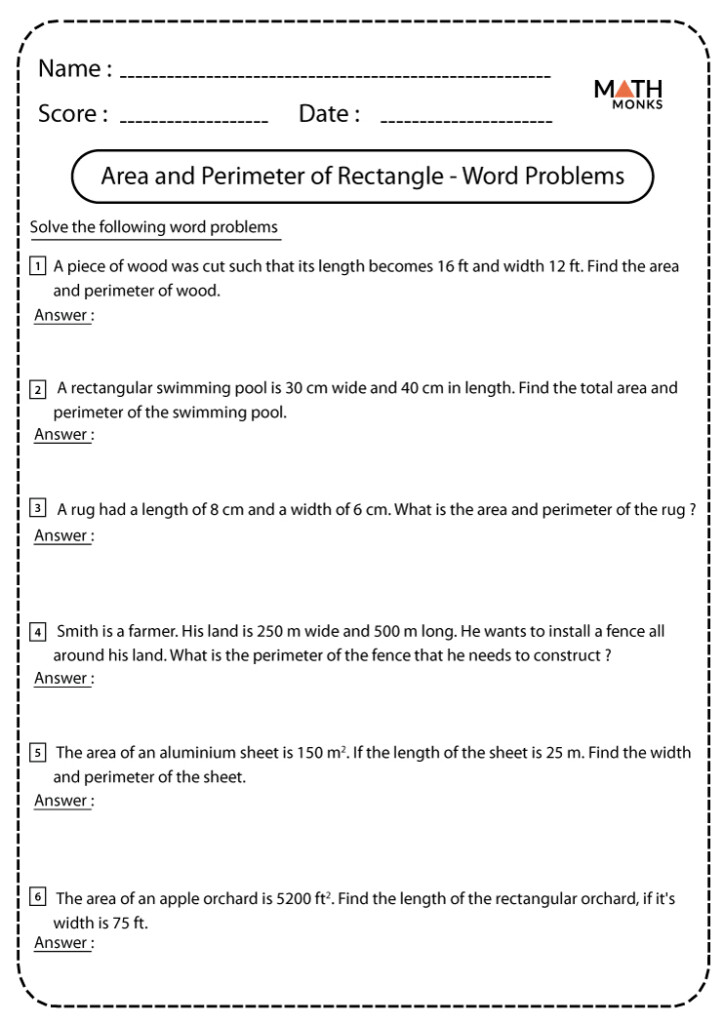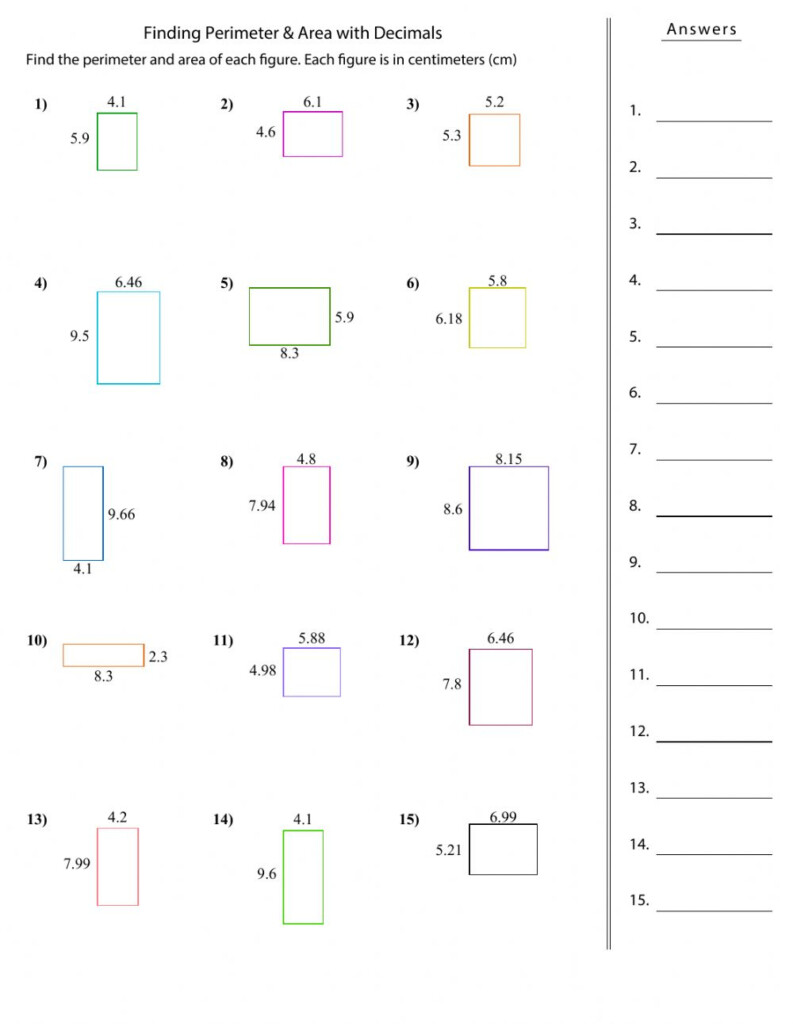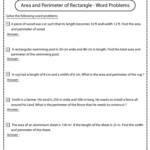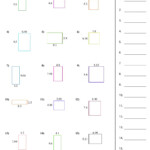Area And Perimeter Of Squares Rectangles And Triangles Worksheet – Triangles are one of the fundamental shapes in geometry. Understanding triangles is important for understanding more advanced geometric concepts. In this blog this post, we’ll go over the various types of triangles that are triangle angles. We will also explain how to calculate the size and perimeter of a triangle, and present an example of every.
Types of Triangles
There are three types of triangles: equal, isosceles, and scalene.
- Equilateral triangles have three equally sides and three angles of 60 degrees.
- Isosceles triangles have two equally-sized sides and two angles.
- Scalene triangles come with three different sides and three angles.
Examples of each kind of triangle will also be provided.
Triangle Angles
Three angles are found in the triangle: acute, right, and obtuse.
- Acute angles are angles that are less than 90 degrees.
- Right angles are exactly 90 degrees.
- Obtuse angles are greater than 90 degrees.
Illustrations of each angle will be given.
Perimeter of Triangles
The perimeter of a triangle is the total that of the dimensions of its angles. To determine an area of perimeter in a triangular, it is necessary to multiply the lengths of its three sides. The formula to calculate the perimeter of any triangle is
Perimeter = Side A + Side B + Side C
Examples of how to calculate the perimeter of the triangle will be given with different kinds of triangles.
Area of Triangles
The the area of a a triangle represents the amount of space that is contained within the triangle. To determine the size of a triangle you have to know its length from the point of origin and the hight of the triangle. The formula for the amount of space in a triangle as follows:
Area = (Base x Height) / 2
A few examples of how to determine the area of one’s triangle will also be discussed using different types of triangles.
Conclusion
Understanding the concept of triangles is an important part of learning geometry. Knowing the different types of triangles, triangle angles, and knowing how to calculate the size and perimeter of the triangle can assist you in solving the more difficult geometric puzzles. With our extensive triangle worksheets, it is possible to enhance your knowledge of these fundamental ideas and boost your geometry proficiency to the next stage.
